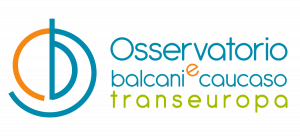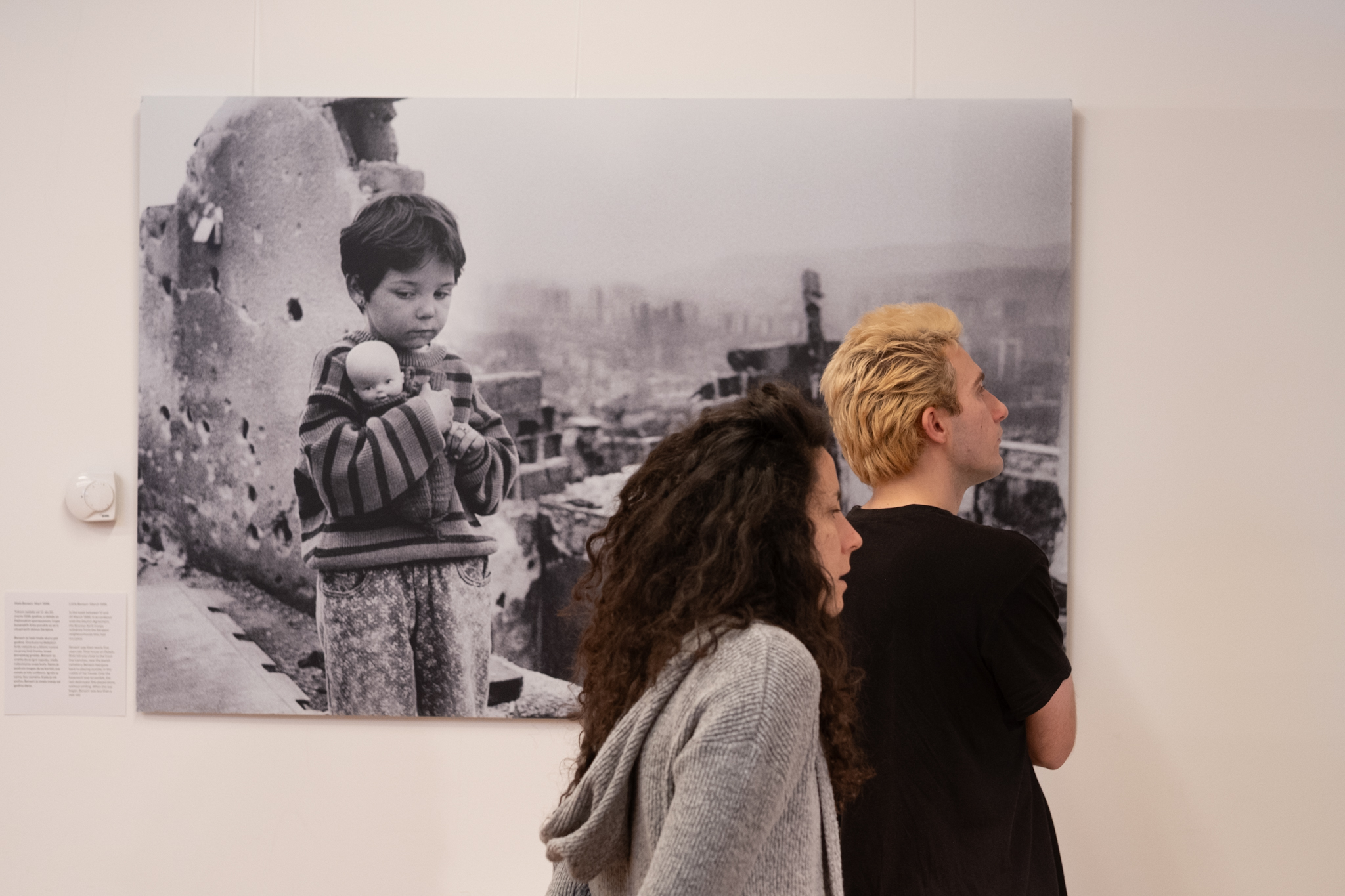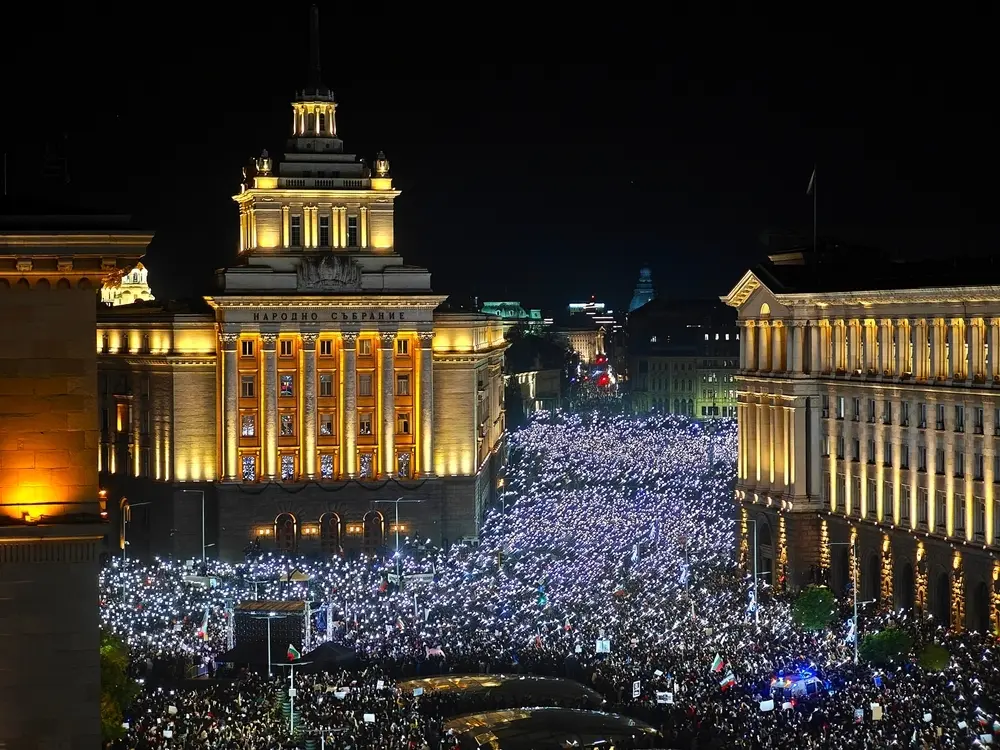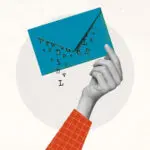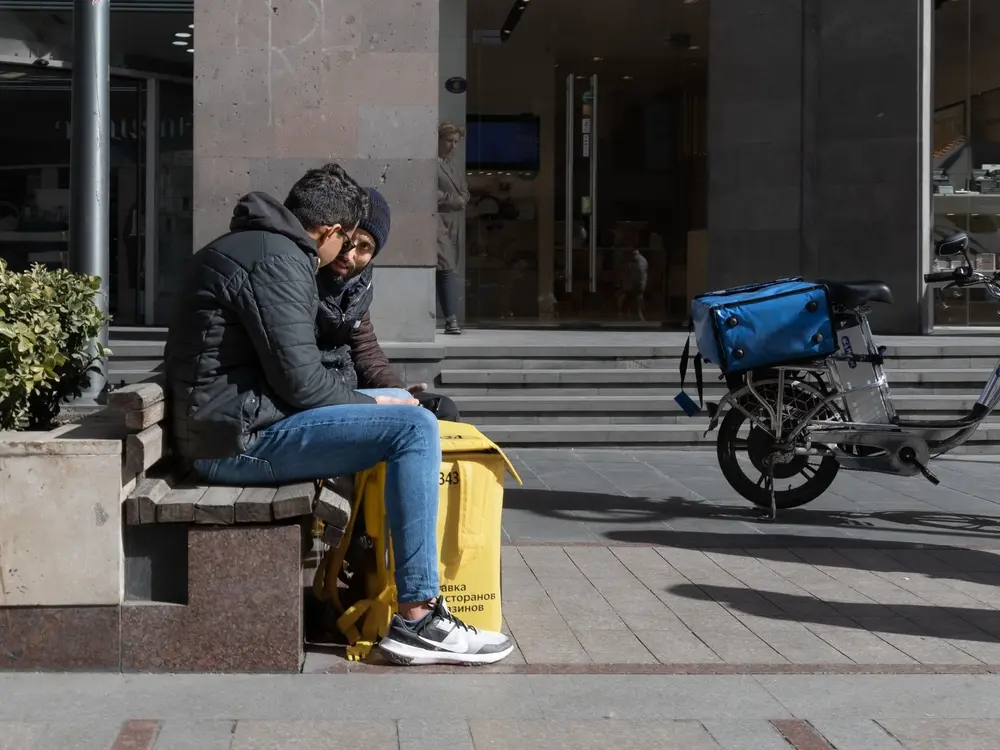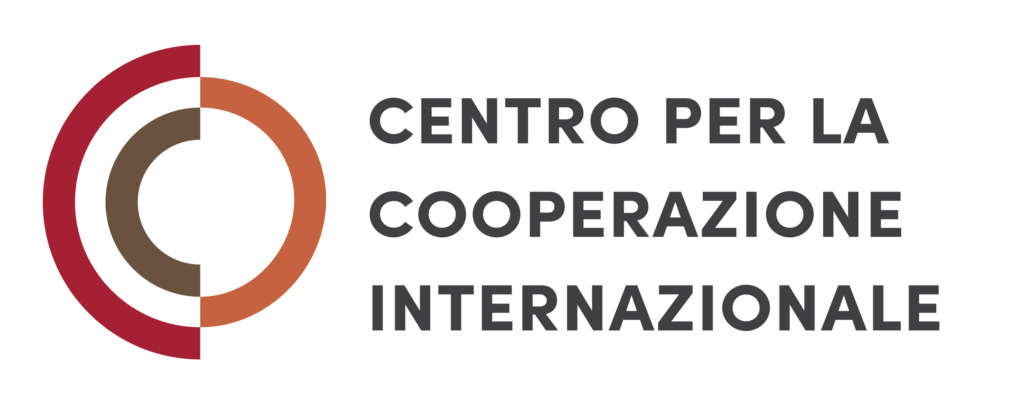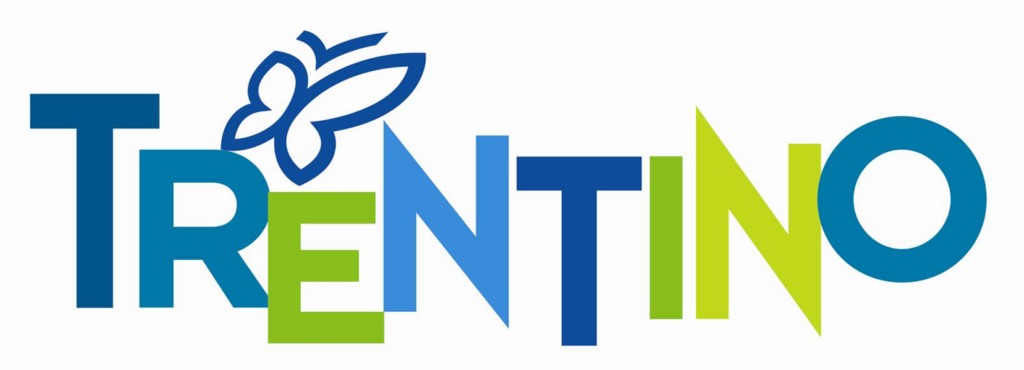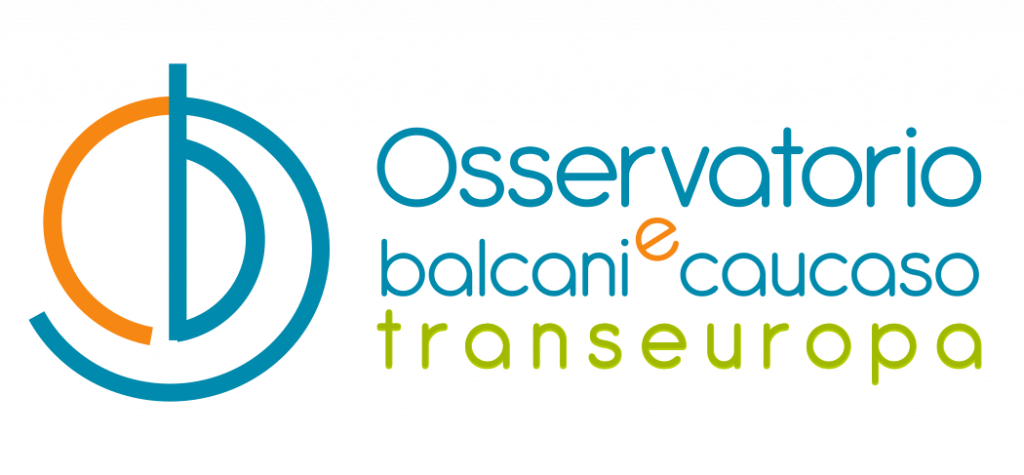GENERAL FEATURES
Pursuant to UN Security Council Resolution 1244, Kosovo/a has been administered by the civil authority of the United Nations Interim Administrative Mission in Kosovo/a (UNMIK), led by the Special Representative of the Secretary General (SRSG), since June 1999. This resolution also recognised the continuing sovereignty of the Federal Republic of Yugoslavia over Kosovo/a, but called for "substantial autonomy and meaningful self-administration". A final solution is yet to be adopted. But as Kosovo/a progresses further towards this "substantial autonomy", the treatment of the minority populations remains a fundamental issue. Kosovo/a, with an estimated total population of 2 millions, and an estimate of 10% minorities before the war (8% Serbs, 2% others), had at the beginning of the year 2000 an estimated number of around 100.000 remaining Kosovo/a Serbs, 30.000 Roma, 35.000 Muslim Slavs, over 20.000 Turks, 12.000 Gorani and 500 Croats. The Serbs who remained in Kosovo/a live primarily in the north or in enclaves under the protection of KFOR.
Security remains the overriding concern for minority communities. No ethnic group is left unscathed, including those Kosovo/a Albanians living de facto as a minority group in majority Serb locations within the province, but the brunt of the violence has been born by Serbs and Roma. Thus over 100 Serbian orthodox churches have been destroyed since June 1999 and more than 245 murders were committed in 2000, most being rooted in ethnic conflict. According to the OSCE, the degree of sophistication and planning behind recent attacks would speak for a new pattern of an orchestrated campaign by yet unidentified perpetrators, aiming to t[]ise minority populations.
This situation has wide implications for freedom of movement, the return of refugees and the exercise of a variety of basic rights. While over 150,000 Kosovar Albanians returned to the province in 2000, only a few ethnic Serbs and other minorities did so. Kosovo/a Albians who originate from areas predominantly inhabited by Kosovo/a Serbs also mostly do not return to these areas. As a whole, not only do security conditions not permit large-scale organised returns, but minority populations are still leaving Kosovo/a.
Access of many minorities to essential services (welfare, health…) remains restricted by security concerns and their lack of freedom of movement, but also by direct discrimination and by policies having indirect discriminatory effect. Thus in effect largely separate services are being provided for different ethnic groups, with a considerable risk of permanent inequality of access.
PARTICIPATION IN PUBLIC LIFE
UNMIK rule (since 1999) followed a ten-year period which during Kosovar Albanians had boycotted the political system (1989-99). The task of creating a functioning democratic political system in Kosovo/a is thus a long-term one. In February 2000, UNMIK established a Joint Interim Administrative Structure (JIAS), intended both to provide a joint UN-Kosovar administration and to include the highest level Kosovar administrative body (the Kosovo/a Transitional Body, or KTC). Minorities are represented both within the administrative departments as within the advisory body, although the participation of the Serbs has been fluctuating.
In October 2000, municipal elections were conducted throughout Kosovo/a. This should be the first step toward the eventual organisation of elections for a Kosovo/a-wide government. Voter turnout was high (75%), but the elections were boycotted by Serbs – citing security concerns and a lack of freedom of movement – and part of the Turkish minority – due to a dispute over the use of the Turkish language in official documents and procedures. The SRSG appointed members of municipal assemblies where there was no election.
Special mechanisms were developed in order to ensure that minorities’ interests would be addressed at the municipal level. Each municipality is required to appoint a Communities Committee and a Mediation Committee, the composition of which is strictly regulated so as to ensure that minorities have a significant representation. These committees have competences in the fields of non-discrimination and the protection of the rights of the various communities. Another special structure is the Community Office, which is required in those municipalities where a minority community forms a ‘substantial part’ of the population, and is also responsible for enhancing the protection of community rights. There is little evidence, at this time, on which to base any assessment of the functioning of these Committees and Offices.
Another mechanism is the power of the SRSG to appoint minority members to municipal assemblies. This is meant to include minorities at the heart of decision-making in the ‘mainstream’ of the Municipal Assemblies, so that they are not only to be relegated in ‘special structures’. Here again, how much meaningful participation or influence any such inclusion brings remains to be seen. Such appointments have been made by the SRGS in virtually all municipalities.
On the whole, it is arguable that insisting on representation for every community cements inter-ethnic divisions, but it is difficult to see how to dispense with such safeguards so long ethnicity remains at the core of politics.
LANGUAGE
The acceptance of a number of official languages is an inevitable component of any multi-cultural model for Kosovo/a. The practicalities of multi-language use, however, are fraught with difficulties.
Officially, THE 1977 KOSOVO LAW ON THE REALISATION OF THE EQUALITY OF LANGUAGES AND ALPHABETS is in use. It guarantees the equality of Albanian and Serbo-Croatian languages as well as Turkish in areas populated by Turks. The law provides that official decisions and announcements, education and public signs should be in Albanian and Serbo-Croatian, and in Turkish in areas of Turkish population. In judicial proceedings, the mother tongue of the citizen concerned is to be used, be that Albanian, Serbo-Croatian or Turkish.
UNMIK REGULATION N° 1999/1 states that all regulations shall be issued in Albanian, Serbian and English.In practice, however, language policy is far from uniform. Within the sphere of education, the policy tends towards the recognition of five languages: Albanian, Serbian, Bosniac, Turkish and Roma. The practice within the sphere of public utilities is contradictory, with the predominant use of Albanian to the exclusion of other languages. The lack of a comprehensive policy applied province-wide continues to be detrimental to the needs of non Albanian speaking minorities. This was the reason why the majority of the Turkish community boycotted the municipal elections.
EDUCATION
Albanian children were excluded from the official educational system and schooled within an unofficial, parallel system of education for over ten years (1989-99). Most educational facilities closed or were severely disrupted during NATO’s campaign and the following months. The first task was thus to build an official educational system encompassing all children of age. By Summer 2000, the vast majority of Kosovo/a’s children were back at school.
Minority children, however, are disproportionately represented amongst those children not attending school, and those who do attend schools often do so in conditions hardly conducive to a normal education. Thus many have to enrol in overcrowded schools or to travel with KFOR escort to reach a school of their ethnicity in another neighbourhood. It should be noted that this problematic also affects Kosovo/a Albanians who live in Serb-controlled areas. Security reasons keep some parents from sending their children to school, especially Roma.
The longer-term issues are those of language of instruction, textbooks and curriculum content, and to what extent school facilities will be used in common by various ethnic groups or entirely segregated.
Developing separate Albanian and Serb schools, besides entrenching divisions, also risks leaving other minorities on the sidelines. Thus in some areas the lack of Turkish secondary schools remains a problem.
While a decision has already been taken on the official languages of Kosovo/a, the educational curriculum should also ensure that lesser used languages are also given adequate attention. For Romas, the question of choice of language in which to have their children educated puts them in the difficult position of having to choose between Albanian and Serbo-Croatian, which can be interpreted as politically motivated and thus have serious consequences. Language of instruction is also an issue for Muslim Slavs and Gorani.
Currently children of different ethnic groups are using text books that are different not only in language but also in content. Introducing standard textbooks acceptable to all sectors of the population will be a huge challenge.
So far, the debate on education has focused on the primary level. But the organisation of secondary and higher level education presents the same challenges.
MEDIA
The media situation is characterised by a mushrooming number of the Albanian-language media and difficulties experienced by Serbian-language media, as well as those of other minorities, despite the attempts of UNMIK to re-establish media system representing all ethnic groups in Kosovo/a.
There are seven dailies published in Albanian, with a total circulation of some 35.000 copies, and seven weeklies or monthlies, providing for considerable diversity.
Until recently, the only Serbian printed media were publications from Yugoslavia, distributed for free in the Serbian enclaves. Recently a Kosovo/a Serb newspaper has started publishing in the enclave of Grachanica. The overall circulation of these newspapers is believed to range up to ten thousand copies. There are still no Serbian printed media outside Serbian enclaves.The Bosniak and the Turkish community also each publish a weekly.
The print media often acted irresponsibly, publishing inflammatory articles and engaging into hate speech. In practice, the media situation reflects the political realities existing in Kosovo/a. After some articles led to attacks on individuals, UNMIK issued regulations that prohibited articles that might encourage violence. These regulations were criticised by some media organisations as infringing on freedom of speech and freedom of the press.
There are also over 50 radio and 9 television stations. Several radios broadcast in Serb, and Kosovo/a Serbs also receive the Belgrade Serbian State Radio and TV. "Radio Television Kosovo/a" (RTK) was established in May 2001 as the sole public service broadcaster in the province and was committed in its statute to devote at least 15% of ist prime-time news coverage and 15% of its programming in minority languages. Until this year it had included only some daily minutes programming in Serbian and Turkish.
Further Information:
– OSCE Assessment of the Situation of Ethnic Minorities in Kosovo,
http://www.osce.org/Kosovo/a/documents/reports/minorities/
– US Department of State, Country Reports on Human Rights Practices, 2000,
http://www.state.gov/g/drl/rls/hrrpt/2000/eur/index.cfm?docid=865
– IHF Report on the Judicial System, Freedom of the Media and the Situation of Minorities in Kosovo,
http://www.ihf-hr.org/
– Marko, Joseph (Ed): Gordischer Knoten Kosovo/a: Durchschlagen oder Entwirren?, Baden-Baden 1999.
Torna al Sommario Guida Minoranze
In evidenza
- Partecipa al sondaggio
